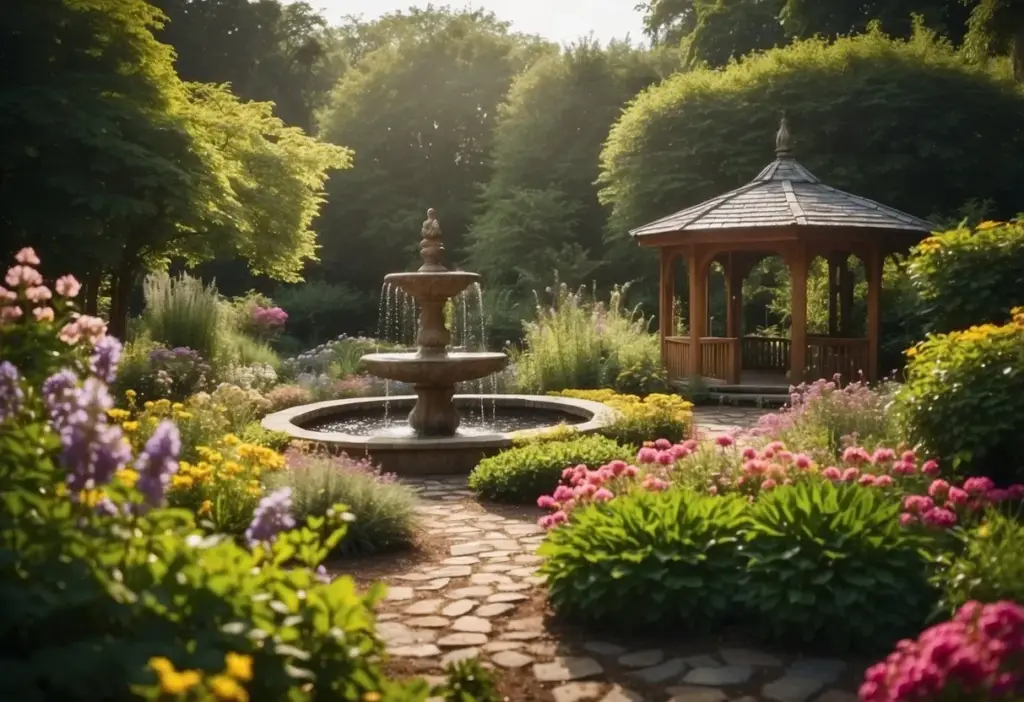
Creating a garden design in Virginia can make your backyard a lovely, tranquil haven. Regardless of the style of your home—cozy cottage or sleek backyard—a well-designed garden can add to its overall charm and serve as a refuge for nearby wildlife. There are so many options to consider, from choosing the climate-appropriate flora to adding beautiful design features.
Explore garden designs specific to Virginia to get ideas for designing a colorful and environmentally friendly landscape. In addition to providing a pleasant location for you to relax, your garden may become a welcoming haven for bees, butterflies, and birds. Accept the gardening path and experience the happiness it can bring to your daily existence.
Raised Bed Vegetable Garden
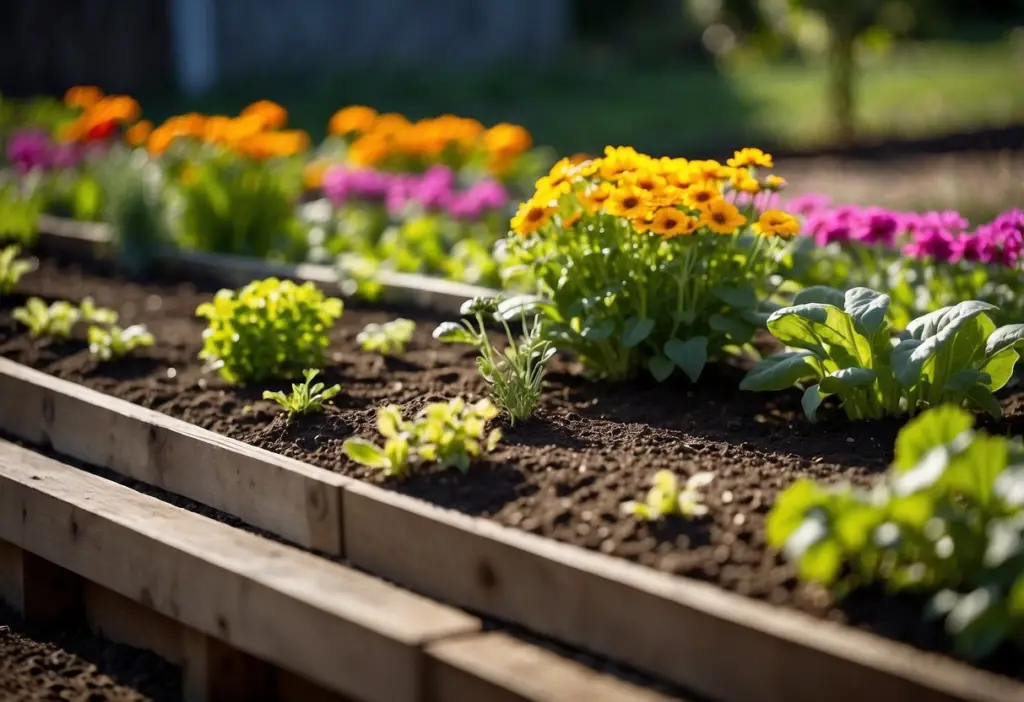
A raised bed vegetable garden is an excellent choice for growing your own produce. Construct your raised bed using materials like wood, stone, or brick, which allows for superior control over soil quality and drainage.
Even a small backyard or patio can accommodate a raised bed. This setup is ideal for growing plants like tomatoes, lettuce, and various herbs. It simplifies access and maintenance while also reducing weed problems.
Raised beds are not only practical but also offer a charming, organized look. For those who enjoy customizing their garden space, building a raised bed with a unique design can add personal flair.
Native Wildflower Path
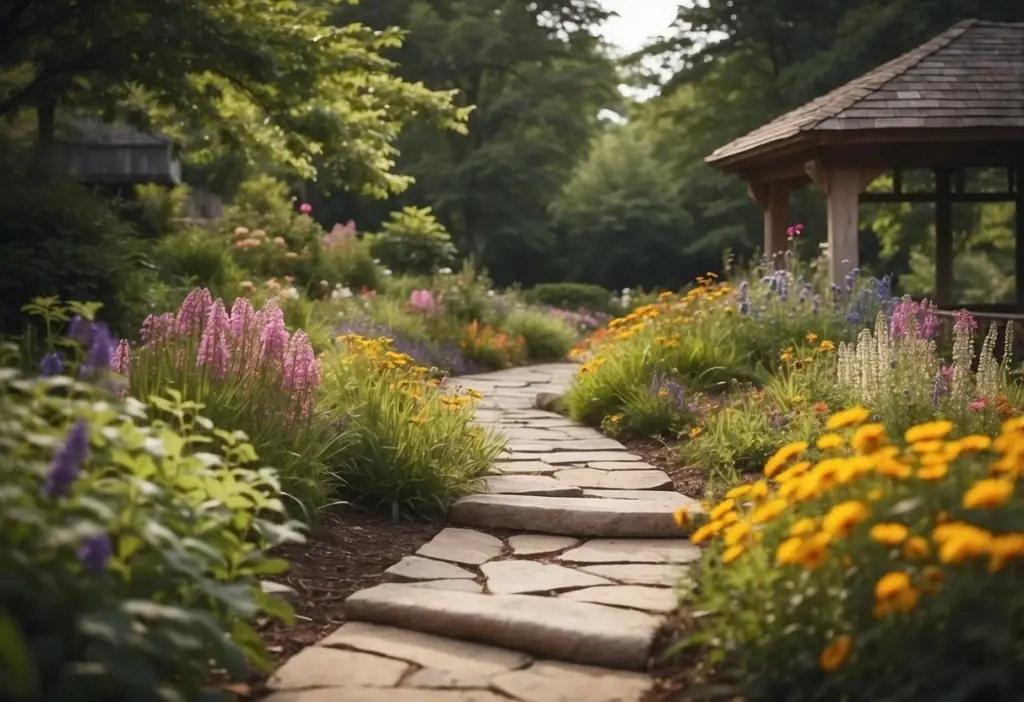
Creating a native wildflower path in your garden enhances its beauty and supports local wildlife. Start by selecting wildflowers that are native to Virginia, such as the Eastern Red Columbine with its striking red flowers and delicate leaves.
Organize your path by grouping plants with similar sunlight and water requirements. This strategy promotes healthy growth and reduces maintenance. A simple sketch can help you visualize the layout and flow of your path.
A wildflower path adds vibrant color to your garden while providing essential habitat for pollinators like bees and butterflies.
Butterfly Attracting Shrubs
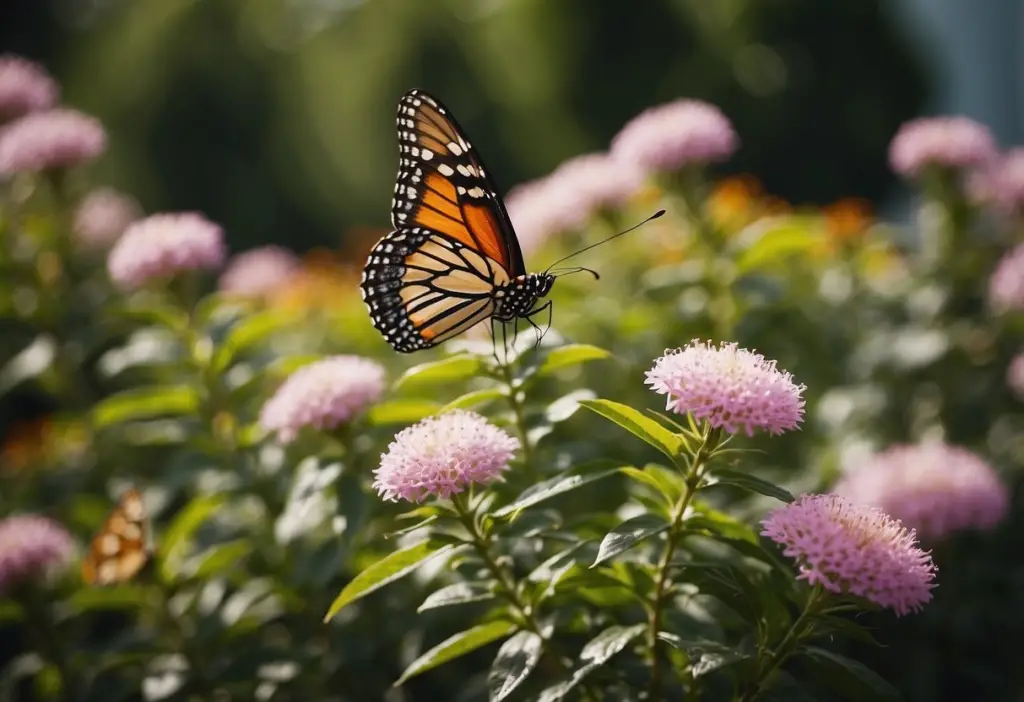
To create a butterfly-friendly garden, plant shrubs that attract these beautiful insects. In Virginia, certain shrubs are particularly effective at drawing butterflies.
Lilac shrubs are well-loved for their fragrant blooms, which appeal to many butterfly species. Butterfly bush is another excellent choice, producing vibrant flowers that butterflies find irresistible.
Spirea is also a great addition, with its clusters of tiny flowers providing nectar for various butterfly species, creating a lively and colorful garden environment.
Herb Spiral Garden
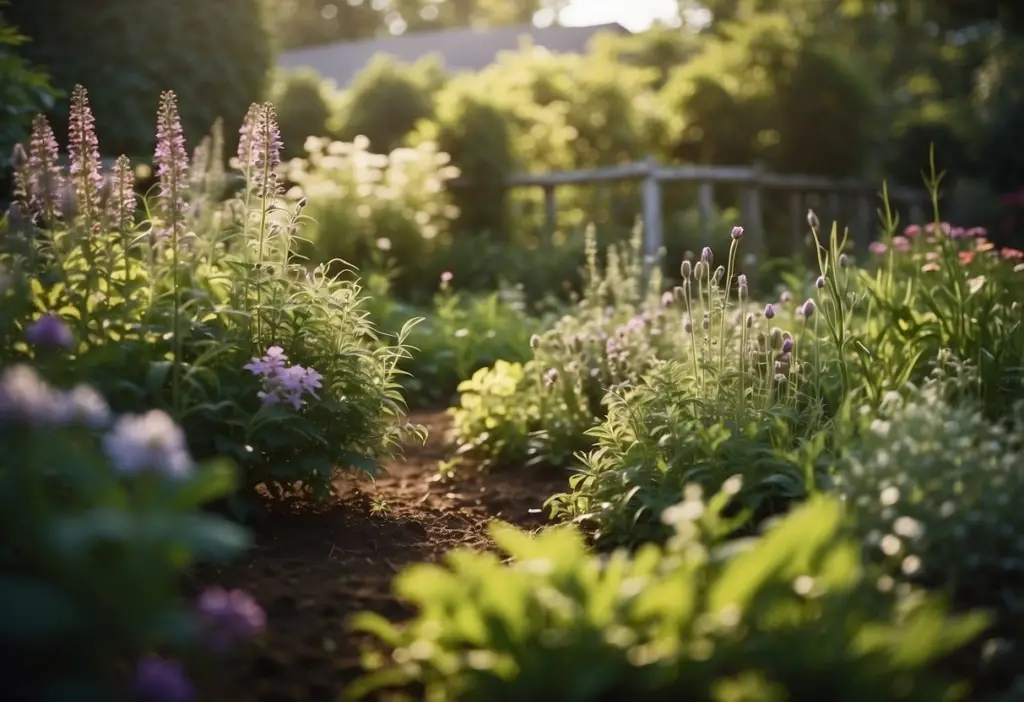
An herb spiral garden is a visually striking and practical addition to your Virginia garden. This design involves constructing a spiral-shaped raised bed, which offers varied growing conditions within a compact space.
Build your spiral using materials like stone or wood, allowing for different levels of sun and moisture. This design accommodates a diverse range of herbs.
Consider using recycled materials or old bricks for a sustainable touch. An herb spiral garden not only enhances the aesthetic appeal of your garden but also provides a functional space for growing herbs.
Pocket Prairie

A pocket prairie brings a burst of color and attracts local wildlife to your Virginia garden. These small, low-maintenance gardens are perfect for creating a naturalistic landscape.
Choose native plants such as black-eyed Susan, which blooms throughout the summer and attracts bees and butterflies. American agave adds a dramatic touch with its distinctive appearance.
Understand your local USDA plant hardiness zone to ensure your plants thrive. For Virginia, zones 6-8 are common, so select plants suited to these conditions. A well-drained soil is also essential for a successful pocket prairie.
Moon Garden
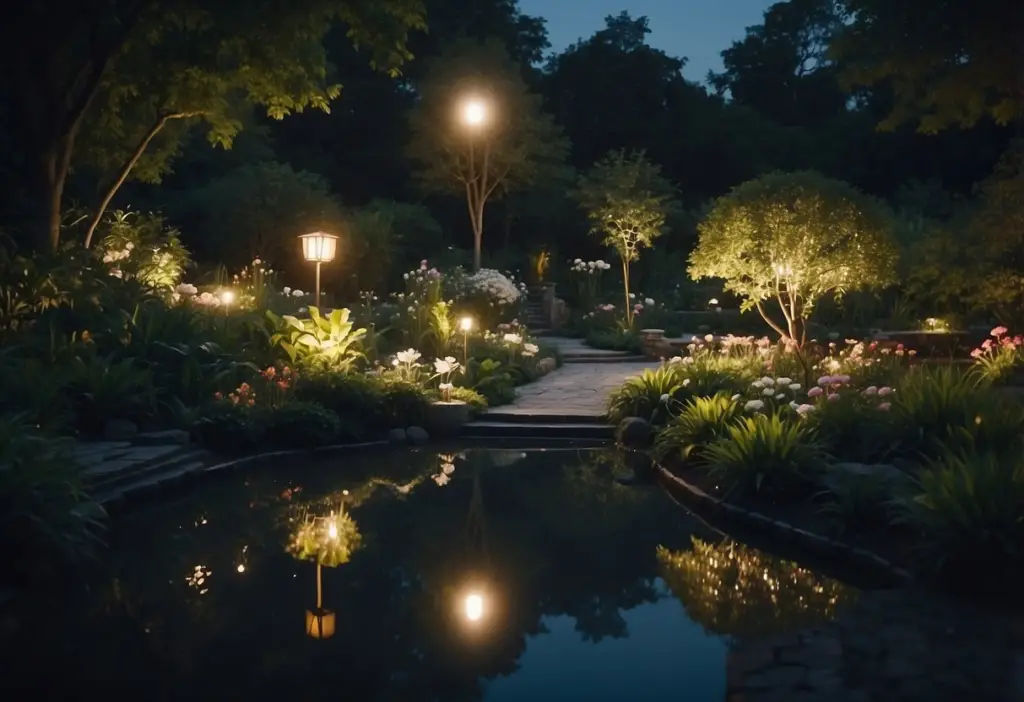
A moon garden transforms your outdoor space into a serene, nighttime retreat. To create this enchanting garden, focus on planting white or silver flowers that reflect moonlight.
Consider incorporating a pathway with white gravel or light-colored stones for easy nighttime strolls. Adding a white trellis or painting a fence can further enhance the moonlit ambiance.
Explore additional plant suggestions and tips for optimizing your moon garden. These elements together create a tranquil and magical nighttime experience.
Fruit Tree Espalier

Espaliering fruit trees is a fantastic way to maximize space while adding visual interest to your garden. This technique involves training trees to grow flat against a wall or fence, making them ideal for smaller areas.
For warmer climates, consider fruit trees like figs, pomegranates, and citrus varieties such as lemons and oranges. Espaliered trees can be shaped into various forms, adding elegance to your garden.
When starting, plant trees 8-10 inches from supports to allow for proper spacing and airflow, which helps roots establish without obstruction.
Rain Garden Retreat
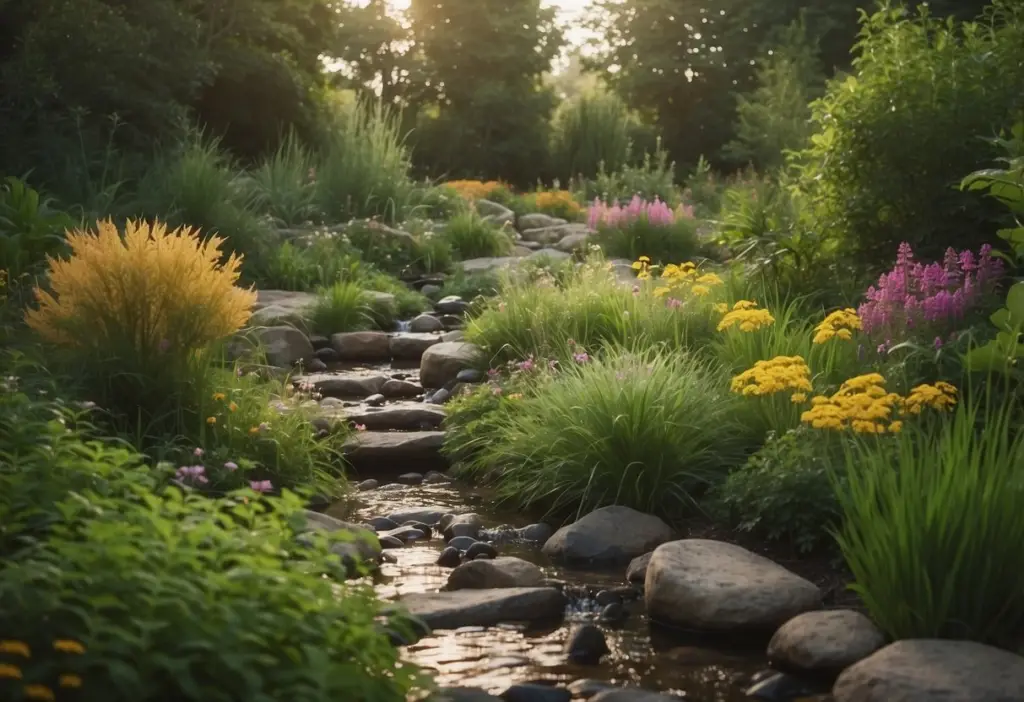
A rain garden is an effective solution for managing stormwater and creating a beautiful, eco-friendly garden space. It functions as a shallow basin that collects and absorbs rainwater.
Incorporate native plants to enhance the garden’s aesthetics and filter out pollutants from rainwater. Rain gardens can be tailored to fit any size and complexity, adding both beauty and environmental benefits.
These gardens attract beneficial wildlife like butterflies and birds. Learn more about designing a rain garden at Plant Virginia Natives.
Zen Meditation Garden
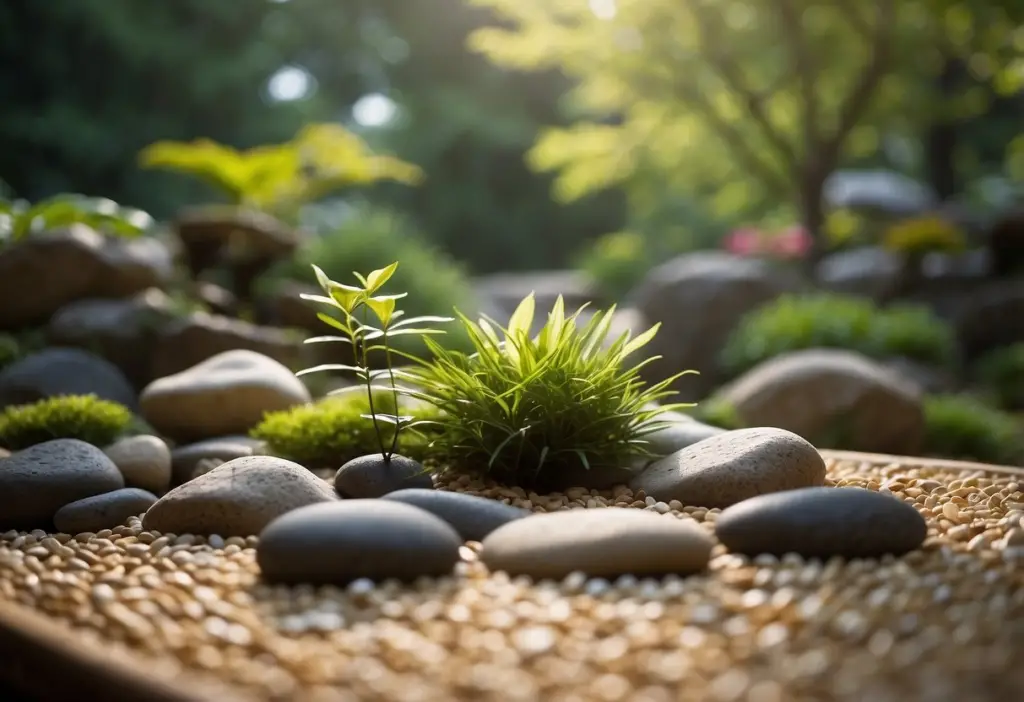
Creating a Zen meditation garden offers a peaceful sanctuary for reflection and relaxation. Choose a quiet spot in your yard to set up this calming space.
Incorporate a water feature with pebbles to add soothing sounds. A Japanese maple tree can provide a touch of color and balance to the garden.
The combination of these elements fosters a tranquil environment ideal for meditation and contemplation.
Pollinator-Friendly Perennials
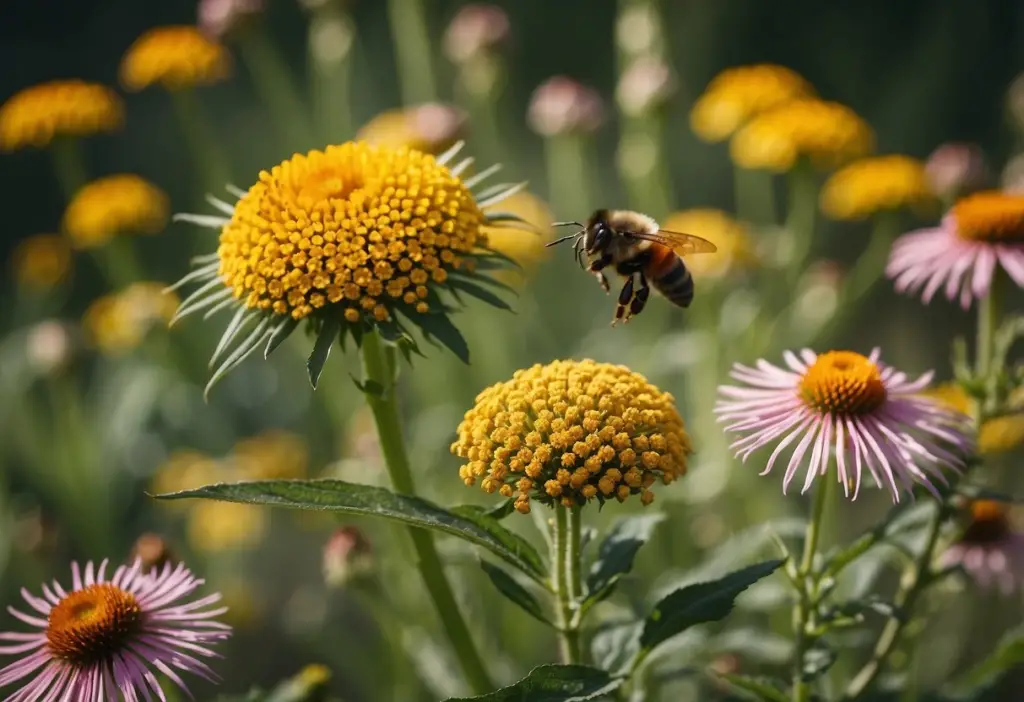
Enhancing your garden with pollinator-friendly perennials can create a vibrant and buzzing ecosystem. Choose plants like wild bleeding heart and wild geranium to attract bees and birds.
Opt for sunny spots with well-drained soil to ensure these perennials thrive. Native plants are well-suited to the local climate and require less maintenance, making them ideal for your garden.
Brightly colored flowers in shades of blue, white, yellow, and purple are particularly appealing to pollinators. For more ideas, check out guides on planting natives to attract pollinators, ensuring your garden supports these vital creatures.
Starting Your Virginia Garden

Starting a garden in Virginia involves selecting appropriate plants and understanding local climate conditions to ensure a thriving garden.
Choosing the Right Plants
Pick plants that are well-suited to Virginia’s varied climate zones. Native plants are an excellent choice because they are adapted to local conditions and support local wildlife.
For spring planting, consider iceberg lettuce, broccolini, and beets. These cool-season vegetables thrive in early spring’s cooler temperatures.
During warmer months, tomatoes, cucumbers, and peppers are ideal as they flourish in the heat and offer abundant harvests. Perennials like black-eyed Susans and Virginia bluebells provide lasting beauty with minimal maintenance.
Understanding Virginia’s Climate
Virginia’s climate ranges from Zones 5 to 8. Knowing your specific zone helps in planning your planting schedule.
In Zones 5-6, plant cool-season crops early in spring and warm-season crops after the last frost. Zones 7-8 offer a longer growing season, allowing for multiple harvests. Plant cool-season crops in early spring and fall, and warm-season crops in late spring.
Ensure your garden receives adequate water and shade during hot, humid Virginia summers to maintain plant health.
Designing Your Garden
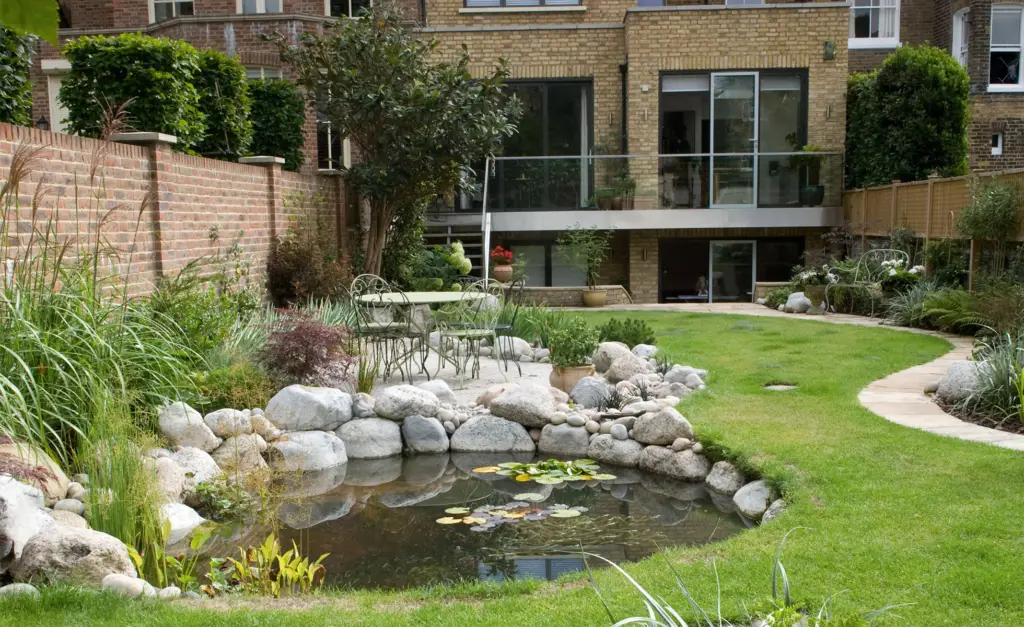
Designing a beautiful garden in Virginia involves careful planning and a balance of colors and textures.
Creating a Layout
Decide the purpose of your garden—whether it’s for relaxation, growing vegetables, or a mix of both. This will guide your layout design. For example, a vegetable garden benefits from raised beds, while a flower garden may require winding paths.
Consider sun and shade patterns in your yard. Place sun-loving plants in bright areas and shade-tolerant plants in cooler spots. Ensure a nearby water source for easy watering.
Use fences or hedges to define different zones in your garden, creating cozy and private spaces. Evergreen hedges or stone walls can be effective in cottage gardens.
Balancing Color and Texture
Choose a color scheme that suits your taste. Bright colors can add vibrancy, while softer shades create a calming effect. Plant a variety of flowers that bloom in different seasons to keep your garden lively year-round.
Mix various plant textures to add depth and visual interest. Combine feathery ferns, broad-leaved hostas, and spiky grasses to create a more dynamic garden.
Incorporate native plants to ensure they thrive in Virginia’s climate and require less upkeep. Combining different shapes and textures will attract wildlife and enhance your garden’s appeal.
